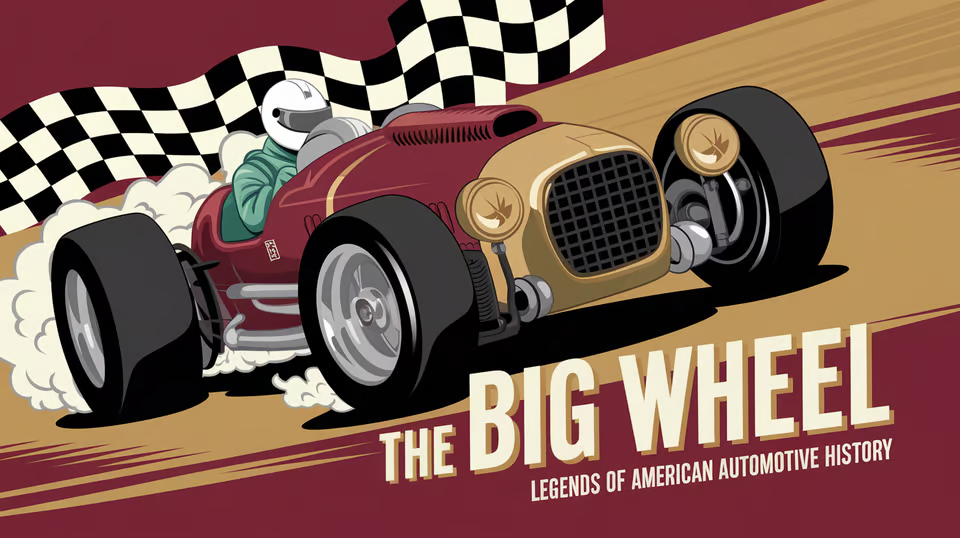F1 2026 Canadian GP and Indy 500 Clash: Rare Occurrence
The 2026 Canadian Grand Prix is set to clash with the iconic Indy 500, and honestly, that’s stirred up a lot of chatter in the motorsports world. Still, F1 officials have told fans this overlap isn’t here to stay.
This blog digs into what led to the scheduling conflict and what it might mean for both racing series. There’s also a bit about the bigger picture—why motorsport schedules can get so tangled.
F1 and Indy 500: A Clash of Titans
Contents
Formula 1 and the Indy 500 both sit at the top of the motorsport pyramid. For 2026, someone threw a wrench in the works by putting the Canadian Grand Prix on the same weekend as the Indy 500.
Fans and folks behind the scenes are understandably uneasy about it. But let’s look at how these two races ended up on a collision course.
The Importance of Both Events
The Canadian Grand Prix is a staple of the F1 calendar, packing grandstands and delivering some wild races. It’s run at Montreal’s Circuit Gilles Villeneuve, which drivers and fans seem to love.
The Indy 500, over at Indianapolis Motor Speedway, has been mesmerizing crowds for more than a hundred years. There’s just something about that place—maybe it’s the history, maybe it’s the speed.
Each event has its own magic, and most motorsport fans would rather not have to pick between them.
Why the Clash Won’t Happen Every Year
F1 officials say the 2026 overlap with the Indy 500 is a one-time thing. A mix of logistical headaches and tight calendar windows forced their hand this year.
They’re promising it won’t become a regular problem, which is a relief if you love both series (and who doesn’t?).
Logistical Challenges and Calendar Constraints
Trying to schedule F1 races across the globe is, frankly, a nightmare. There’s a whole crew of race organizers, local governments, and broadcasters to keep happy.
The 2026 calendar was especially tough because of a few things:
- Venue Availability: Getting dates at legendary tracks like Circuit Gilles Villeneuve takes a lot of haggling and compromise.
- Global Travel: Teams haul people and gear all over the world, and just moving everything around is a puzzle.
- Broadcasting Rights: Races need to land in time slots that work for TV and streaming deals—money talks, after all.
All of that led to the 2026 conflict. F1 says they’re working to keep this from happening again.
Implications for Fans and Teams
The overlap between the Canadian Grand Prix and the Indy 500 puts fans, teams, and drivers in a tough spot. It’s worth looking at how this might shake out for everyone involved.
Fan Dilemma: Choosing Between Two Iconic Races
If you’re a motorsport fan, this clash is a headache. Both races are can’t-miss events, and picking one over the other just feels wrong.
Thankfully, with streaming and social media, you can keep tabs on both—though it’s not quite the same as being fully present for each.
Driver Commitments and Team Logistics
F1 and IndyCar usually have different drivers, but some want to try both. This year’s schedule makes that almost impossible.
Teams also have to juggle their staff and logistics, especially if anyone’s got a foot in both camps.
The Broader Context of Motorsport Scheduling
The 2026 Canadian Grand Prix and Indy 500 conflict really puts a spotlight on how tricky motorsport scheduling can get. Balancing everyone’s interests while keeping the calendar exciting isn’t easy.
Global Motorsport Calendar: Coordination is Key
Motorsport stretches over continents and time zones. Getting F1, IndyCar, and all the other series to play nice together takes a lot of coordination.
Everyone wants to avoid overlaps so fans can soak up as much racing as possible. That’s the dream, anyway.
Adapting to Changing Circumstances
Motorsport never stands still. New races pop up, old ones change, and outside factors—politics, the environment, tech advances—can throw everything off.
Organizers have to stay nimble to keep things running smoothly. It’s a tough gig, honestly.
Looking Ahead to a Thrilling 2026 Season
The 2026 clash between the Canadian Grand Prix and the Indy 500 feels like a bit of a headache for motorsport fans. It’s a reminder that scheduling in this world is never simple.
But honestly, these kinds of overlaps probably won’t happen every year. That’s at least some relief for people who want to watch both events.
Curious about all the details and what this means for the future? Check out the official Autosport article.
We’ll keep watching for updates and sharing the latest news from the world of motorsport. There’s always something new around the corner, isn’t there?

